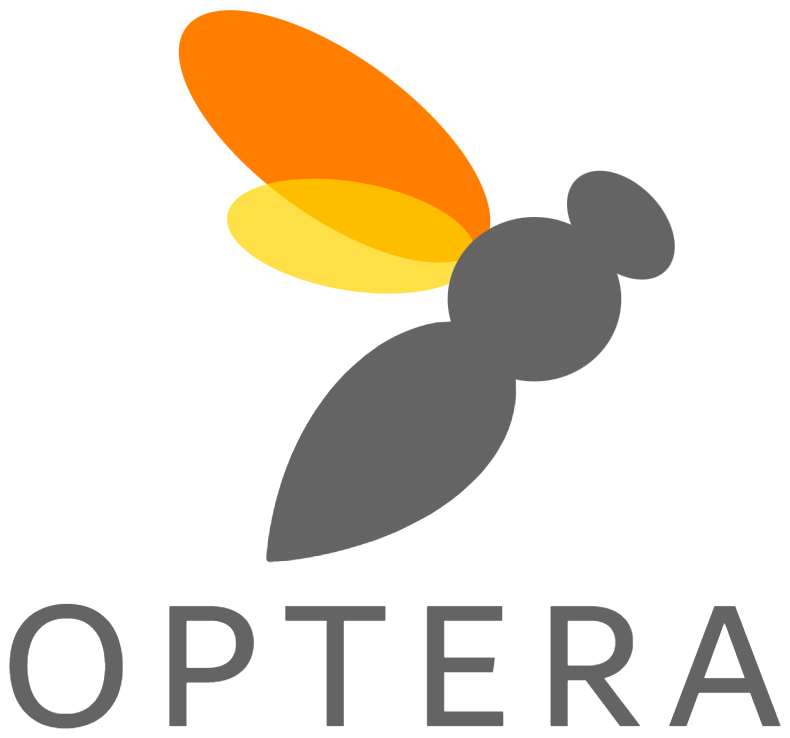Effects of steel foundation wire on elemental content and hygienic removal of honey bee (Apis mellifera) brood
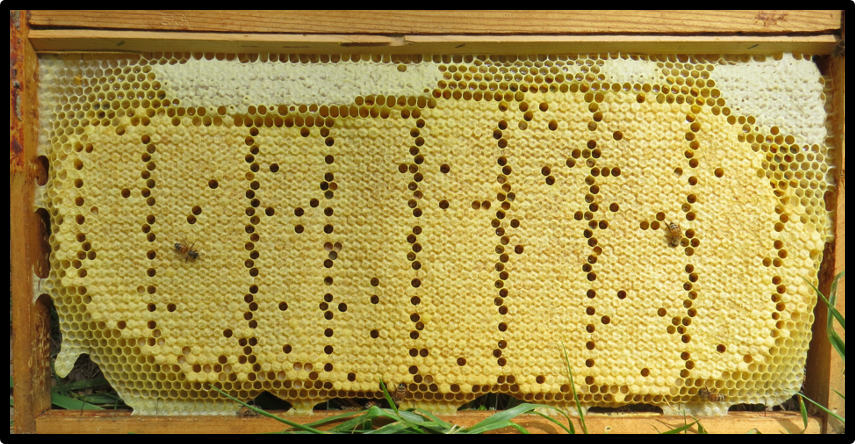
Kaira Malinda Wagoner & Olav RueppellDepartment of Biology, University of North Carolina at Greensboro, Greensboro, NC, USA Abstract Honey and honey bees are often contaminated with trace metals, some of which are associated with food resources. However, in some cases metal contamination may be coming from within the hive. Based on preliminary observations, we hypothesized […]
Brood Affects Hygienic Behavior in the Honey Bee (Hymenoptera: Apidae)
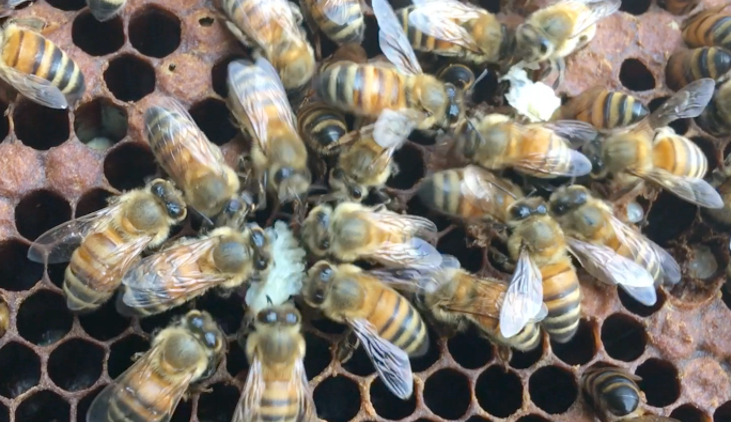
Kaira M. Wagoner (1), Marla Spivak (2) and Olav Rueppell (1) Abstract Despite receiving much attention, the ectoparasitic mite Varroa destructor (Anderson and Trueman) and the pathogens it vectors remain critical threats to the health of the honey bee Apis mellifera (Linnaeus) (Hymenoptera: Apidae). One promising intervention approach is the breeding of hygienic honey […]
Time-accuracy trade-off and task partitioning of hygienic behavior among honey bee (Apis mellifera) workers
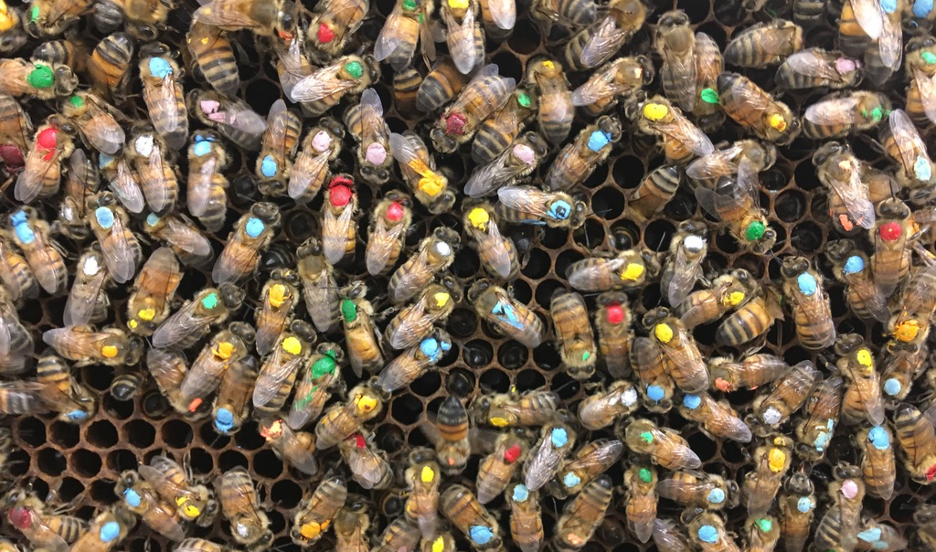
Katherine R. Barrs (1,2) & M. Omar Ani (1,3) & Kimberlyn K. Eversman (1,4) & Jonathan T. Rowell (5) & Kaira M. Wagoner (1) & Olav Rueppell (1,6) Abstract Behavioral specialization and cooperation are fundamental in the organization and success of social groups. Honey bee workers display hygienic behavior, defined as the detection, uncapping, and […]
Stock-specific chemical brood signals are induced by Varroa and Deformed Wing Virus, and elicit hygienic response in the honey bee
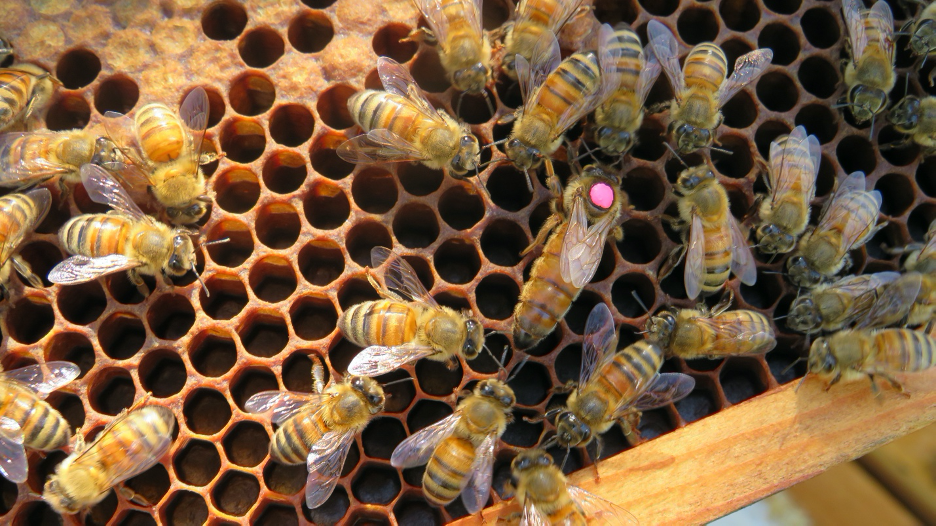
K. Wagoner (1), M. Spivak (2), A. Hefetz (3), T. Reams (4) & O. Rueppell (1) Abstract The health of the honey bee Apis mellifera is challenged by the ectoparasitic mite Varroa destructor, and the numerous harmful pathogens it vectors. Existing pesticide-based Varroa controls are not sustainable. In contrast, one promising approach for improved honey […]
Multiple benefits of breeding honey bees for hygienic behavior
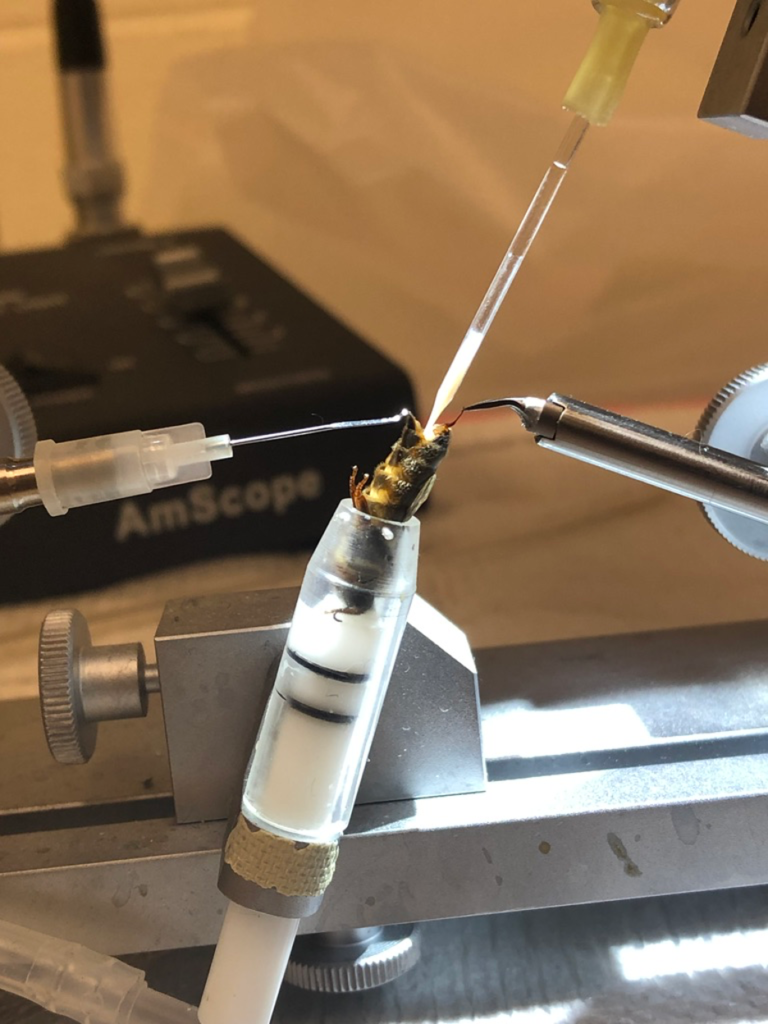
TalErezab,Elad Bond (1,2), Paz Kahanov (1), Olav Rueppell (3,4), Kaira Wagoner (3), Nor Chejanovsky (1), Victoria Soroker (1) Abstract Honey bee colonies are prone to invasion by pests and pathogens. The combination of the parasitic mite Varroa destructor (Varroa) and the multiple viruses it vectors, is a major driver of colony losses. Breeding for hygienic […]
Cuticular pheromones stimulate hygienic behavior in the honey bee (Apis mellifera)
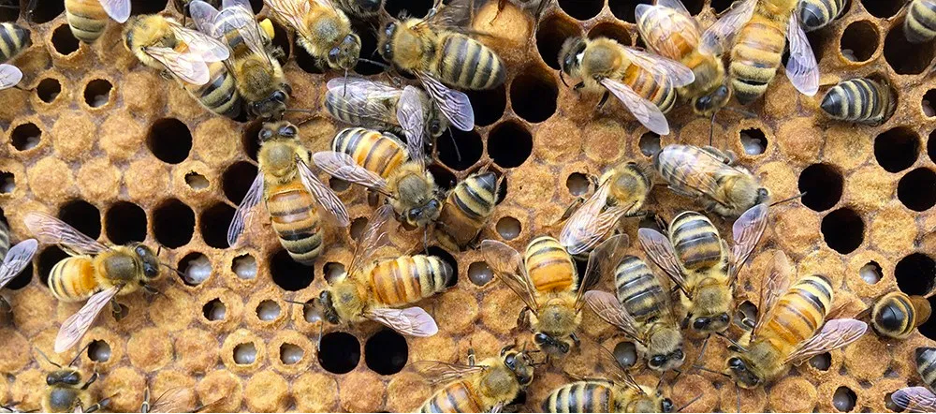
Kaira M. Wagoner (1), Jocelyn G. Millar (2), Coby Schal (3) & Olav Rueppell (1)
Hygiene-Eliciting Brood Semiochemicals as a Tool for Assaying Honey Bee (Hymenoptera: Apidae) Colony Resistance to Varroa (Mesostigmata: Varroidae)
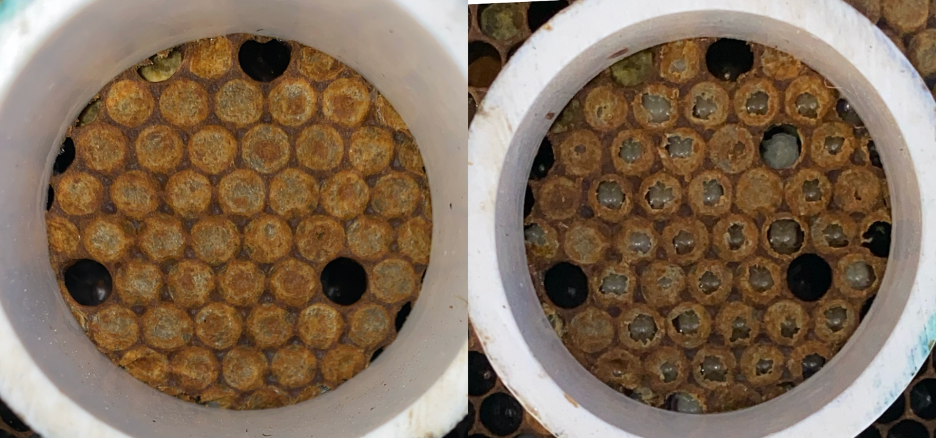
Wagoner (1), J. G. Millar (2), J. Keller (3), J. Bello (2,4), P. Waiker (1), C. Schal (3), M. Spivak (5), and Rueppell (6) Abstract Despite numerous interventions, the ectoparasitic mite Varroa (Varroa destructor Anderson and Trueman [Mesostigmata: Varroidae]) and the pathogens it vectors remain a primary threat to honey bee (Apis mellifera Linnaeus [Hymenoptera: Apidae]) health. Hygienic behavior, the ability to […]
